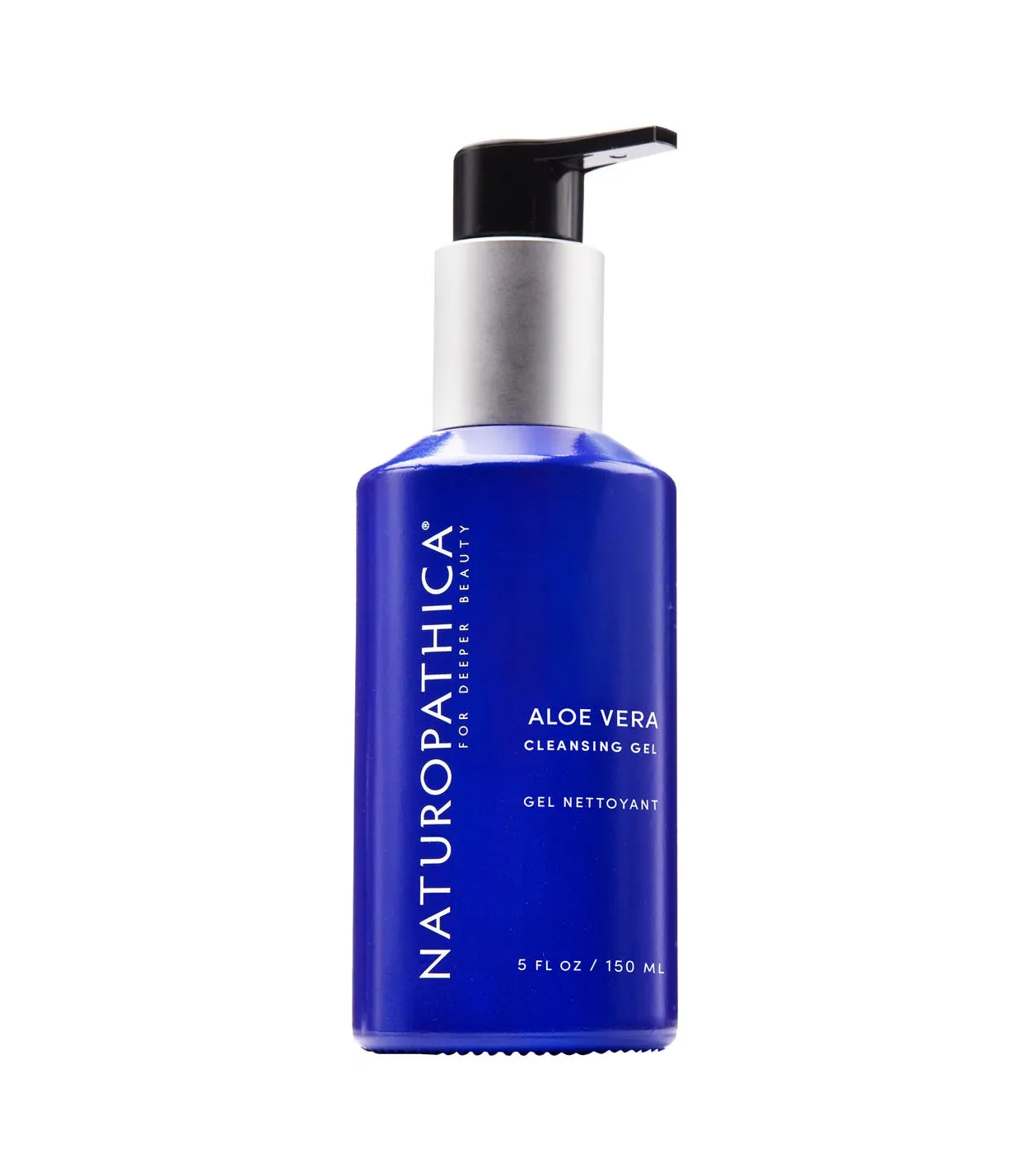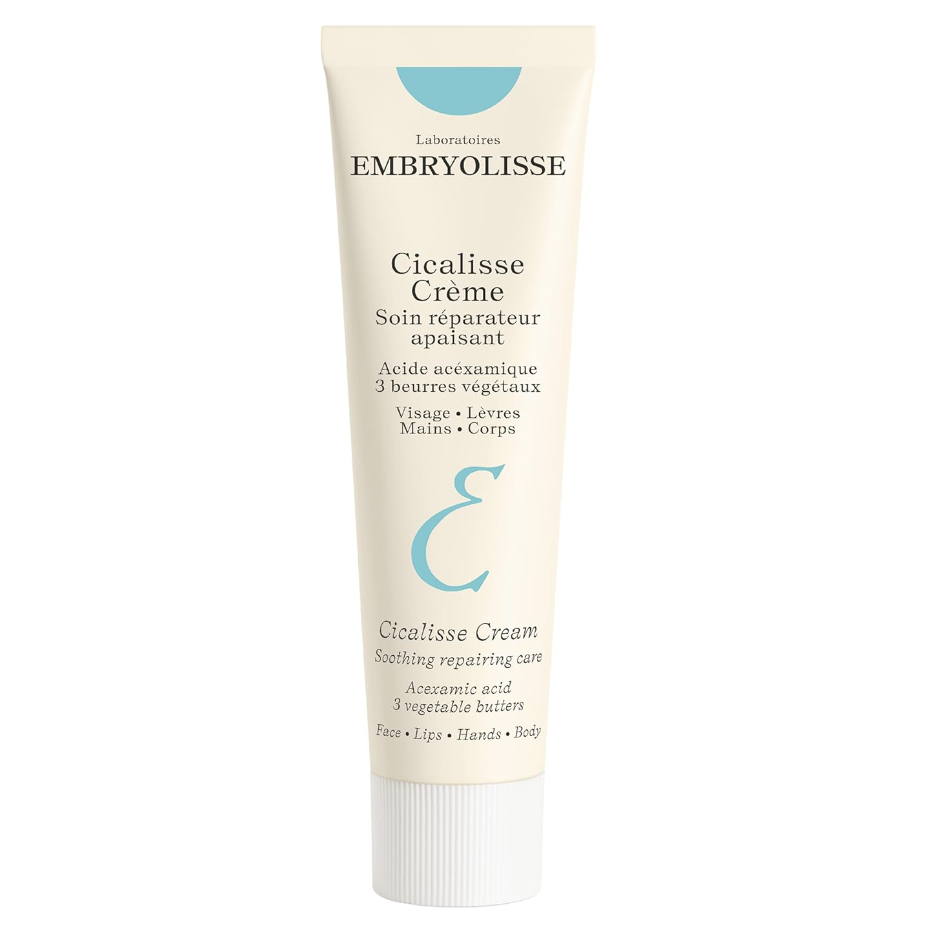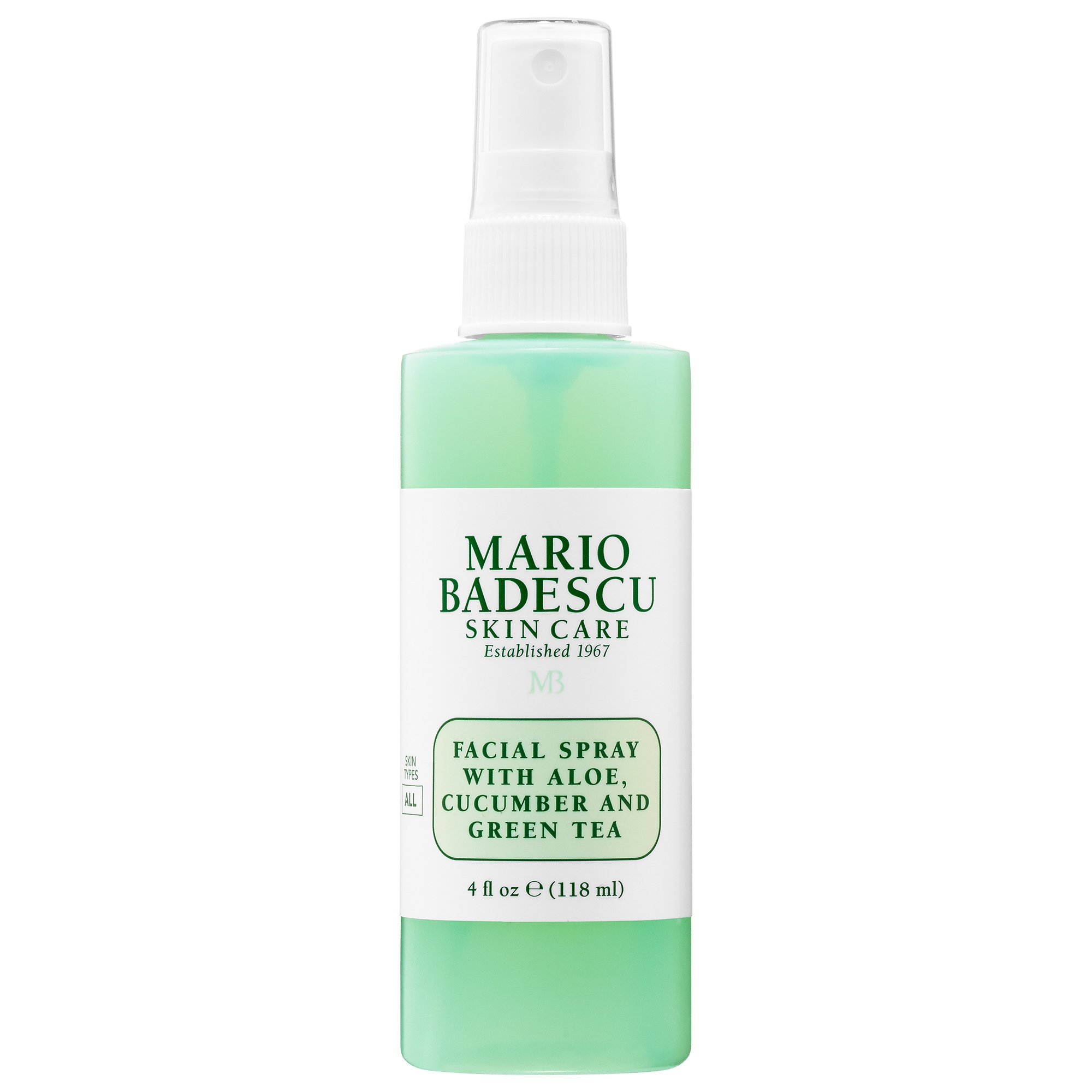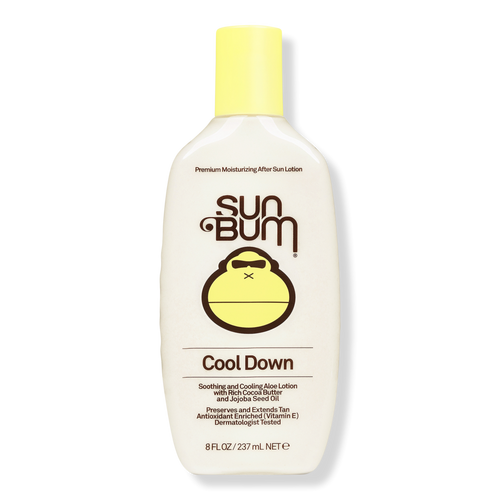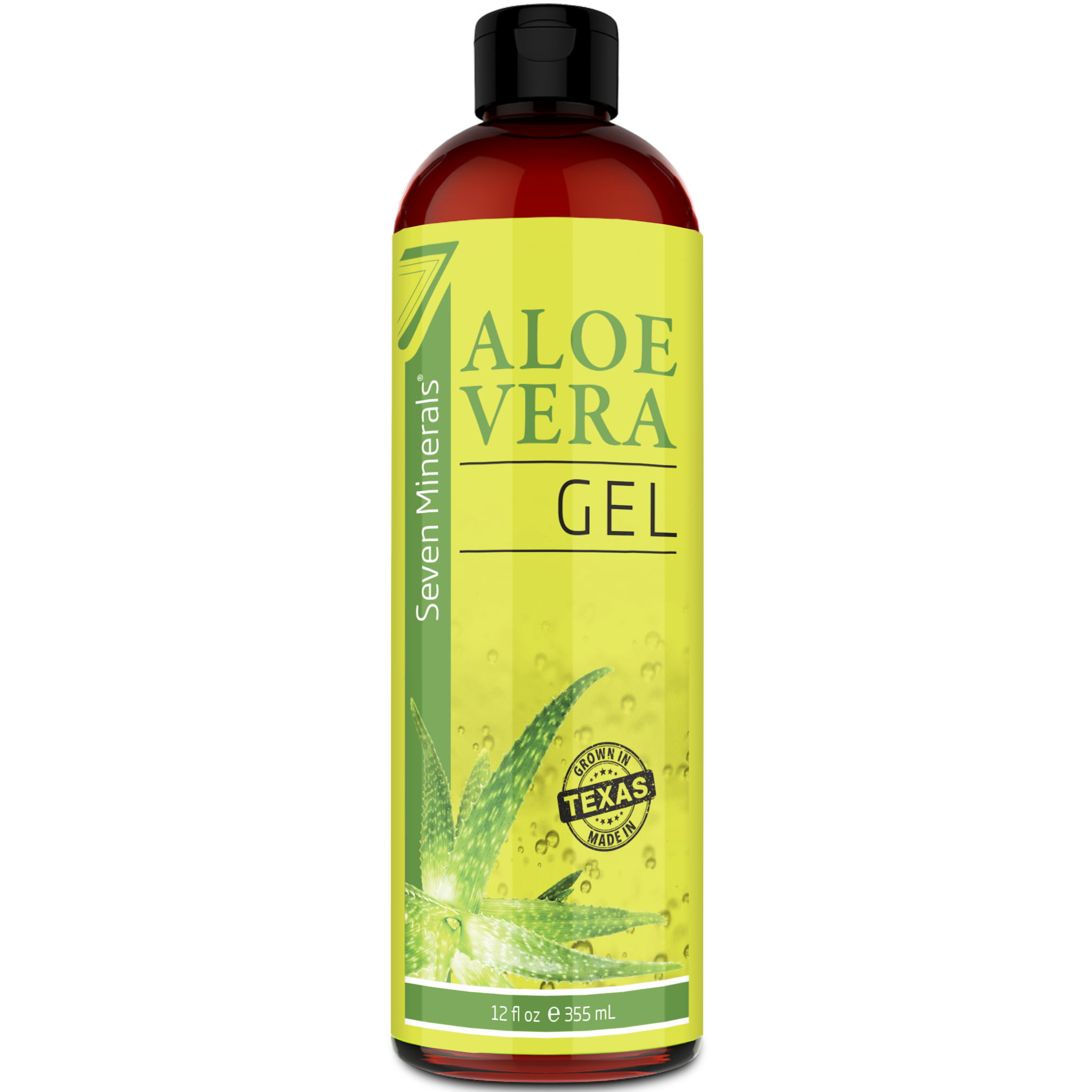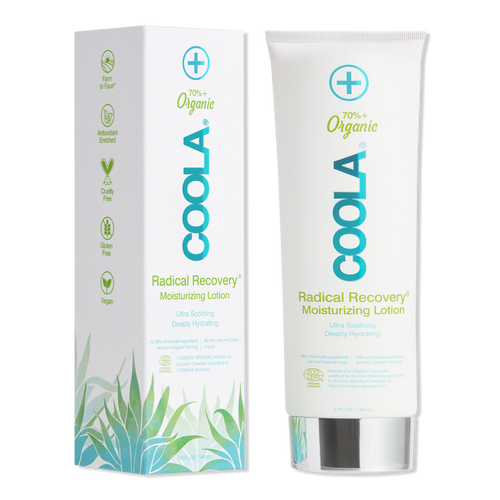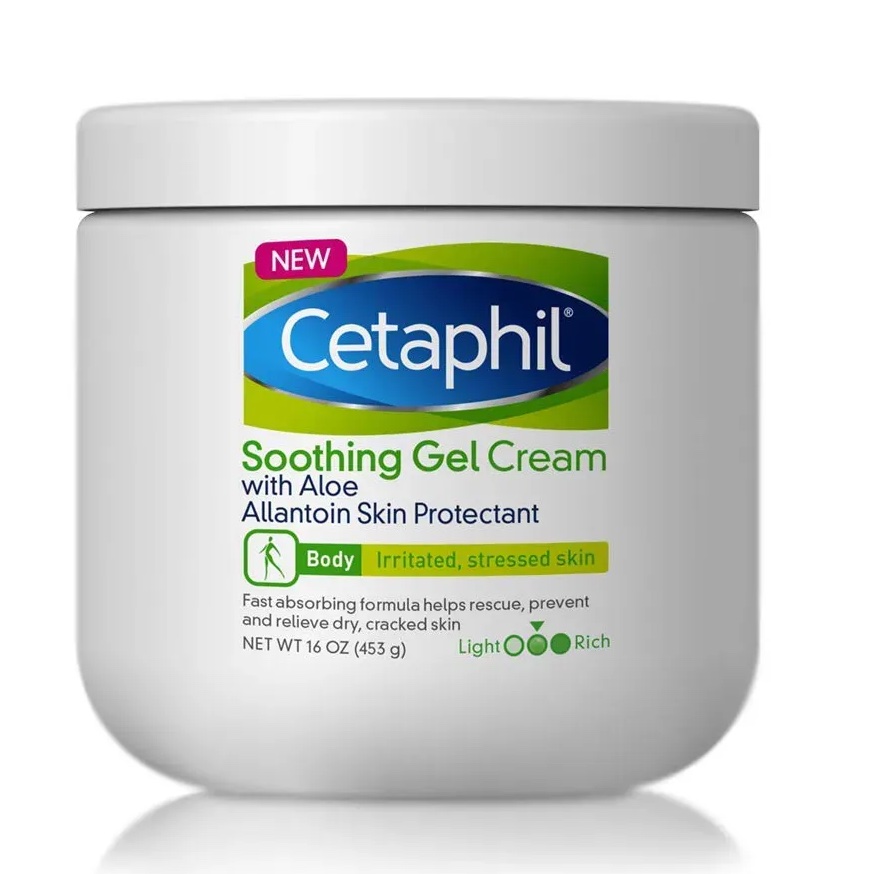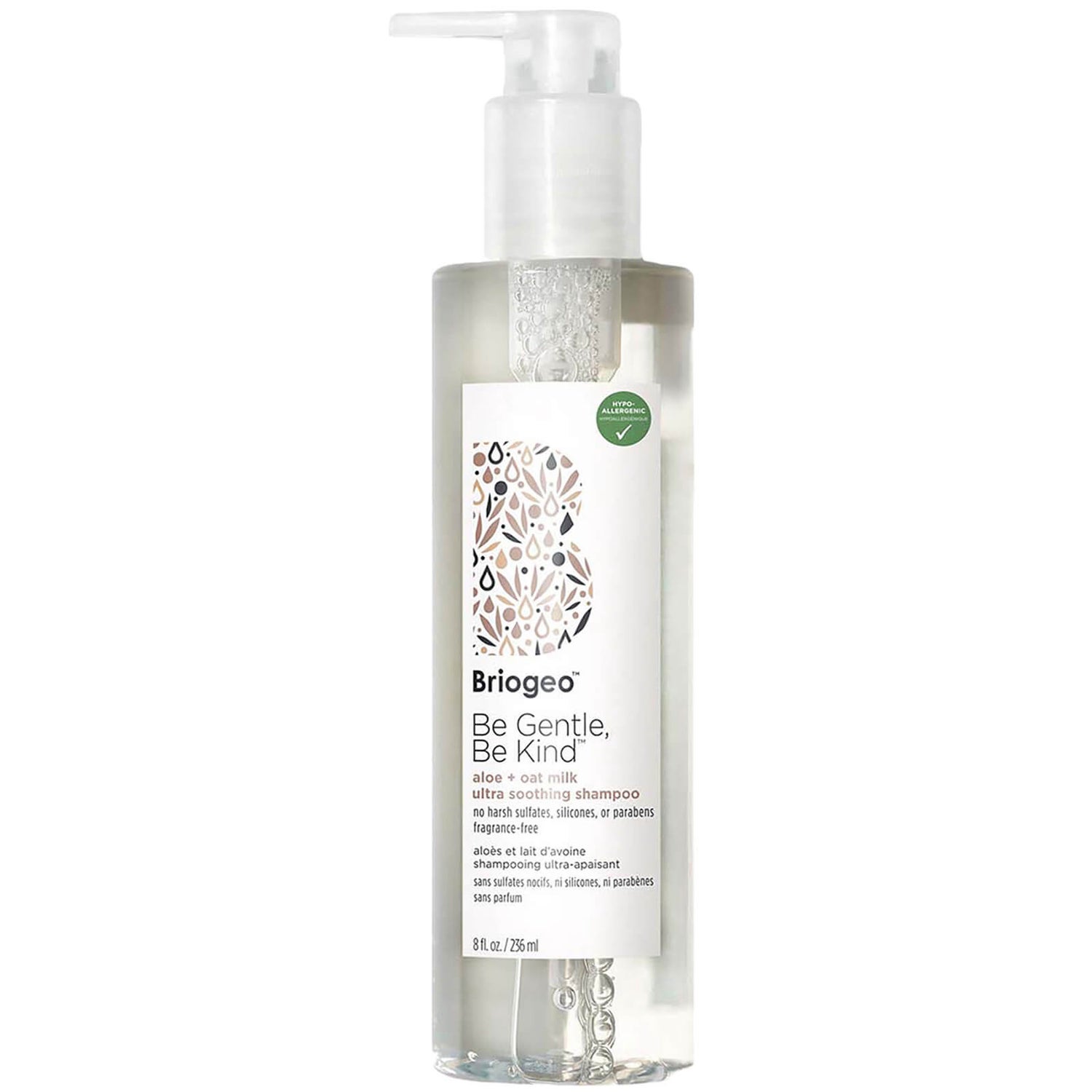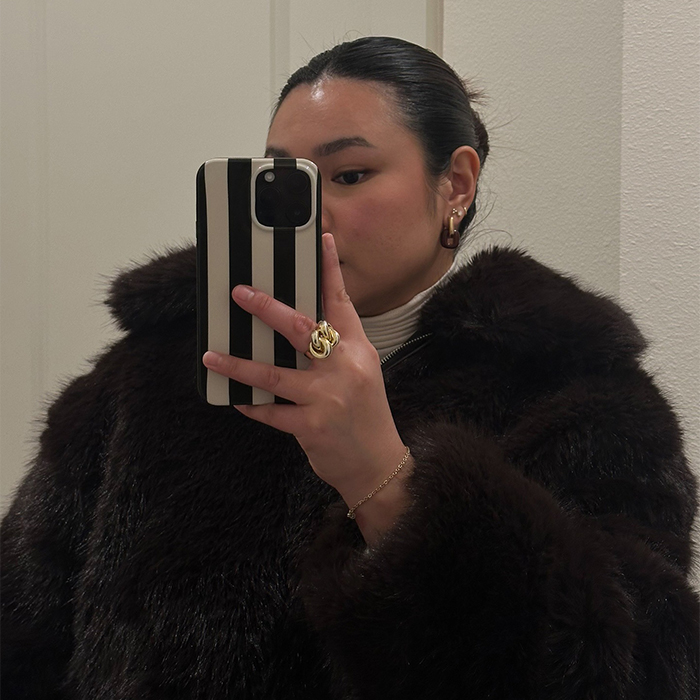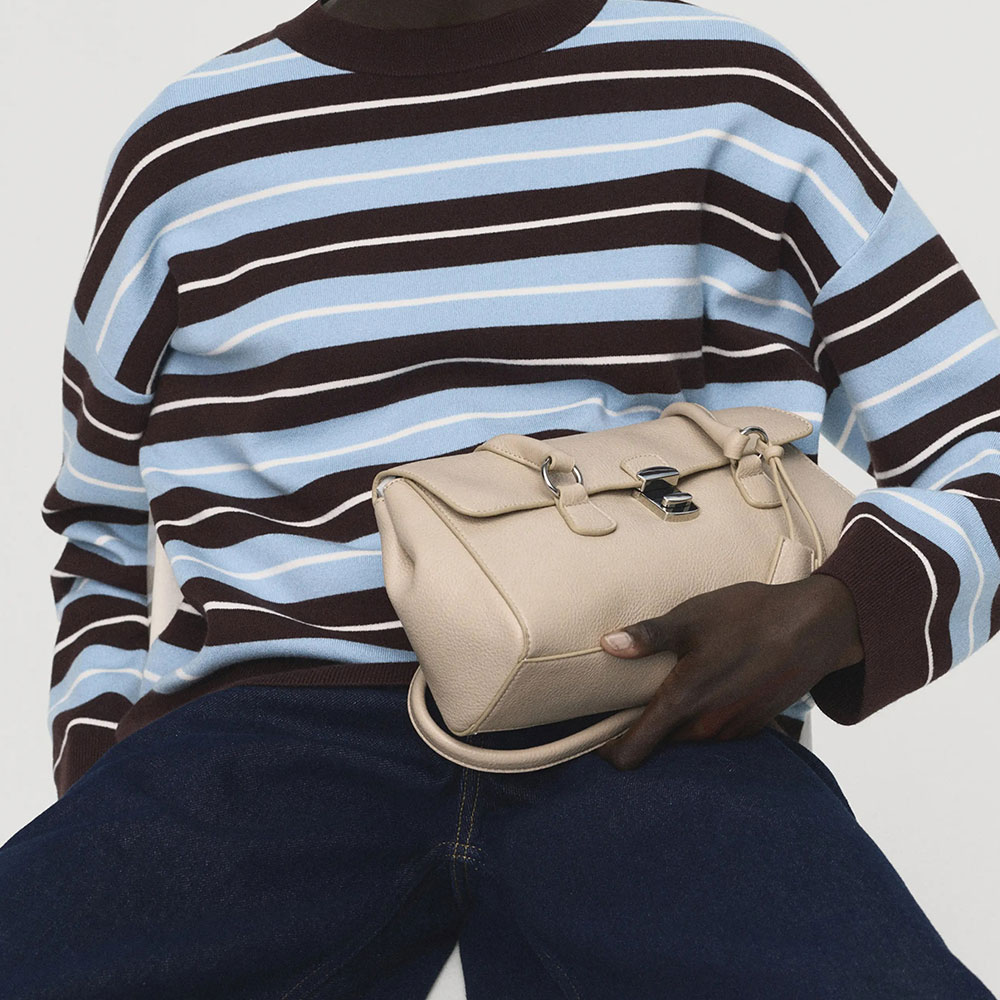Aloe Isn't Just for Sunburn—3 Surprising Reasons You Should Use It 365 Days a Year

Aloe is synonymous with sunburn. In fact, that's pretty much the only thing it's known for: soothing red, sun-crisped skin. It makes sense, seeing as most of us were introduced to it at a young age, either by seeing the bright blue-green gel bottles line the drugstore shelves or by sullenly rubbing it on ourselves after a hot beach day. Either way, unless you're dealing with a sunburn, it's likely rare that you ever think about it at all.
Here's the thing, though. Aloe is beneficial to the skin beyond simple sunburn-soothing. And whether you realize it or not, it's one of the main ingredients in many of your favorite skincare products. Keep scrolling to learn why dermatologists say aloe is a must-have skincare ingredient 365 days a year.
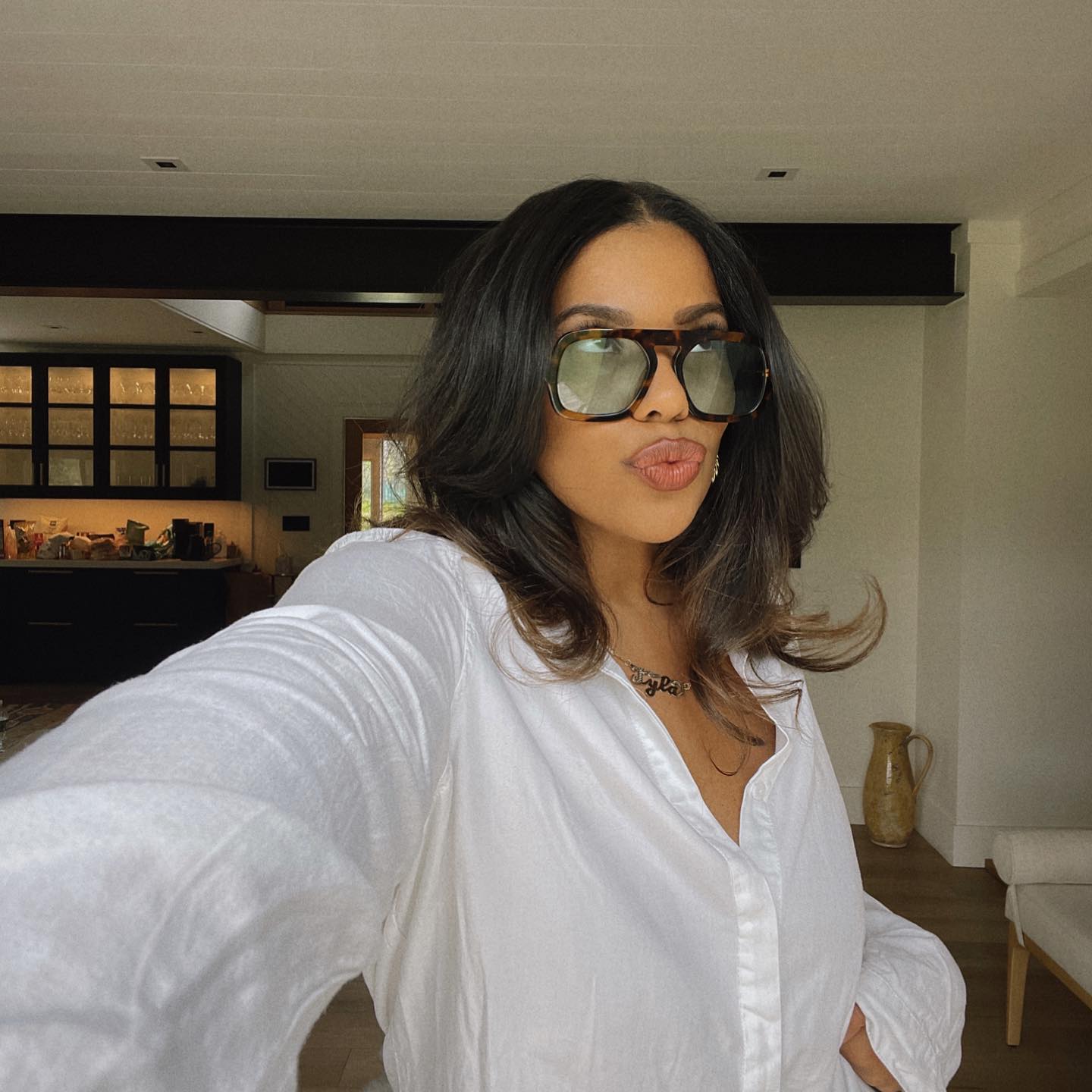
Aloe for Soothing Skin
Blair Murphy-Rose, MD, FAAD, is a leading board-certified cosmetic, medical, and surgical dermatologist specializing in facial rejuvenation at the Laser & Skin Surgery Center of New York and a clinical instructor of dermatology at Weill Cornell Medical College. She's also the founder of Skincare Junkie. She says aloe is a succulent that has been used for centuries as a skin remedy. "The skin benefits from topical application of aloe include enhanced wound healing, reduced inflammation (decreased redness and swelling), and some pain control," she says.
That explains why it's so often used for sunburn. "Aloe is particularly well-suited for burns and after-sun care," she says. "Aloe contains antioxidant enzymatic systems like glutathione peroxidase and superoxide dismutase that can neutralize the effect of free radicals. Aloe naturally contains antimicrobial and anti-inflammatory properties, both of which may gently treat or prevent skin infections in compromised skin. Anthraquinones in aloe are thought to have antiviral and antifungal effects." To put it simply, aloe is an antioxidant, anti-inflammatory, antimicrobial, antiviral, and antifungal powerhouse.
Little do most people know, aloe can be used post–skin treatment to soothe the effects of lasers, peels, and other in-office procedures. Next time you're going in for a specific treatment, ask your provider how aloe could help soothe and heal your skin after the fact.
Aloe for Acne and Anti-Aging
As if that's not enough, Murphy-Rose says it may even prevent acne and stimulate collagen production. That means it can lead to clearer, more youthful-looking skin. Who knew? I think it's safe to say that aloe is incredibly underrated.
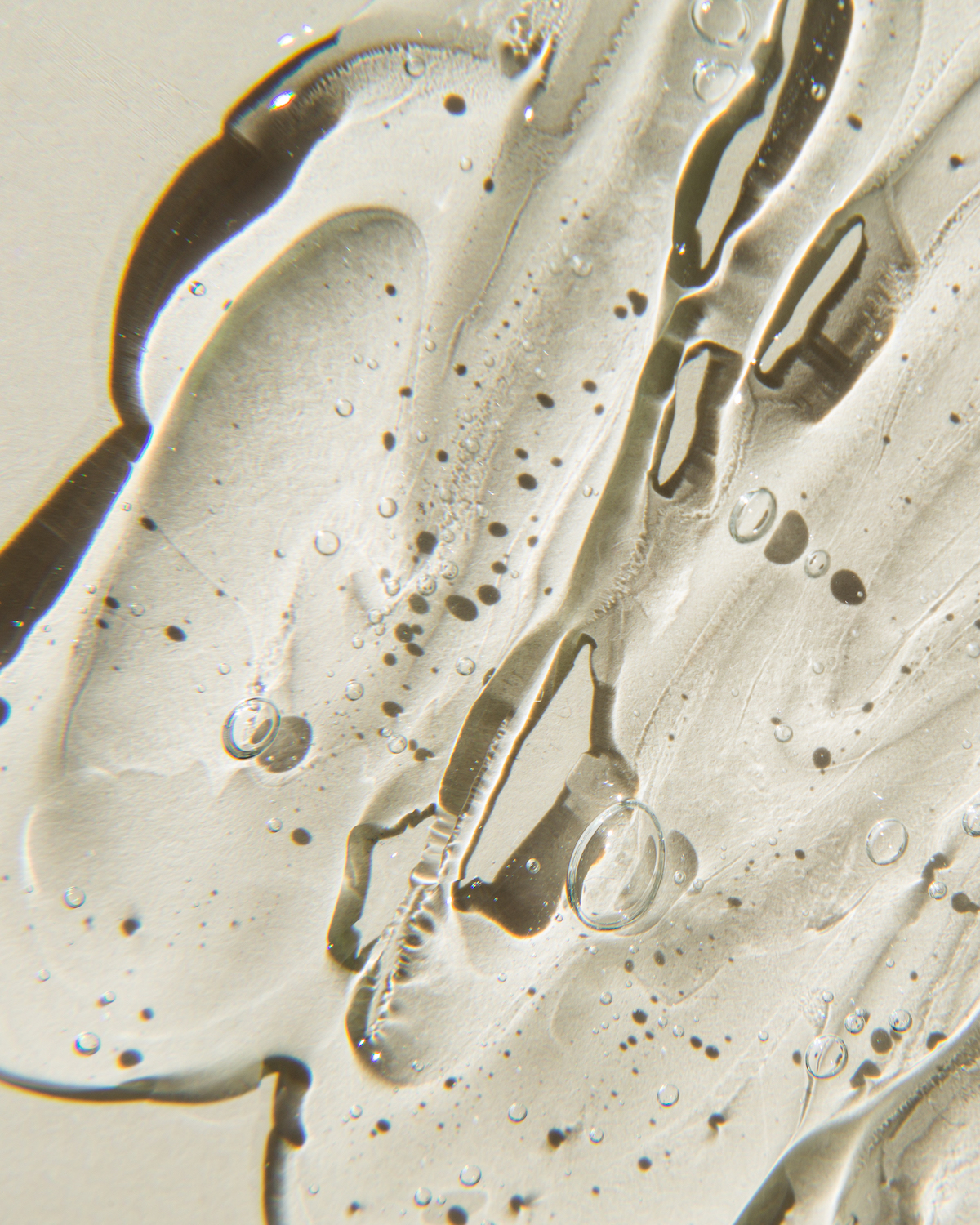
Aloe for Hair & Scalp
Brendan Camp, MD, FAAD, a dermatologist at MDCS Dermatology says aloe can even be used in the hair and scalp. "Aloe can be used as a scalp treatment to address dryness and flaking," he says, and even "a hair mask to fortify damaged hair." That's because of its high water content and aforementioned antioxidant, anti-inflammatory, and antimicrobial benefits.
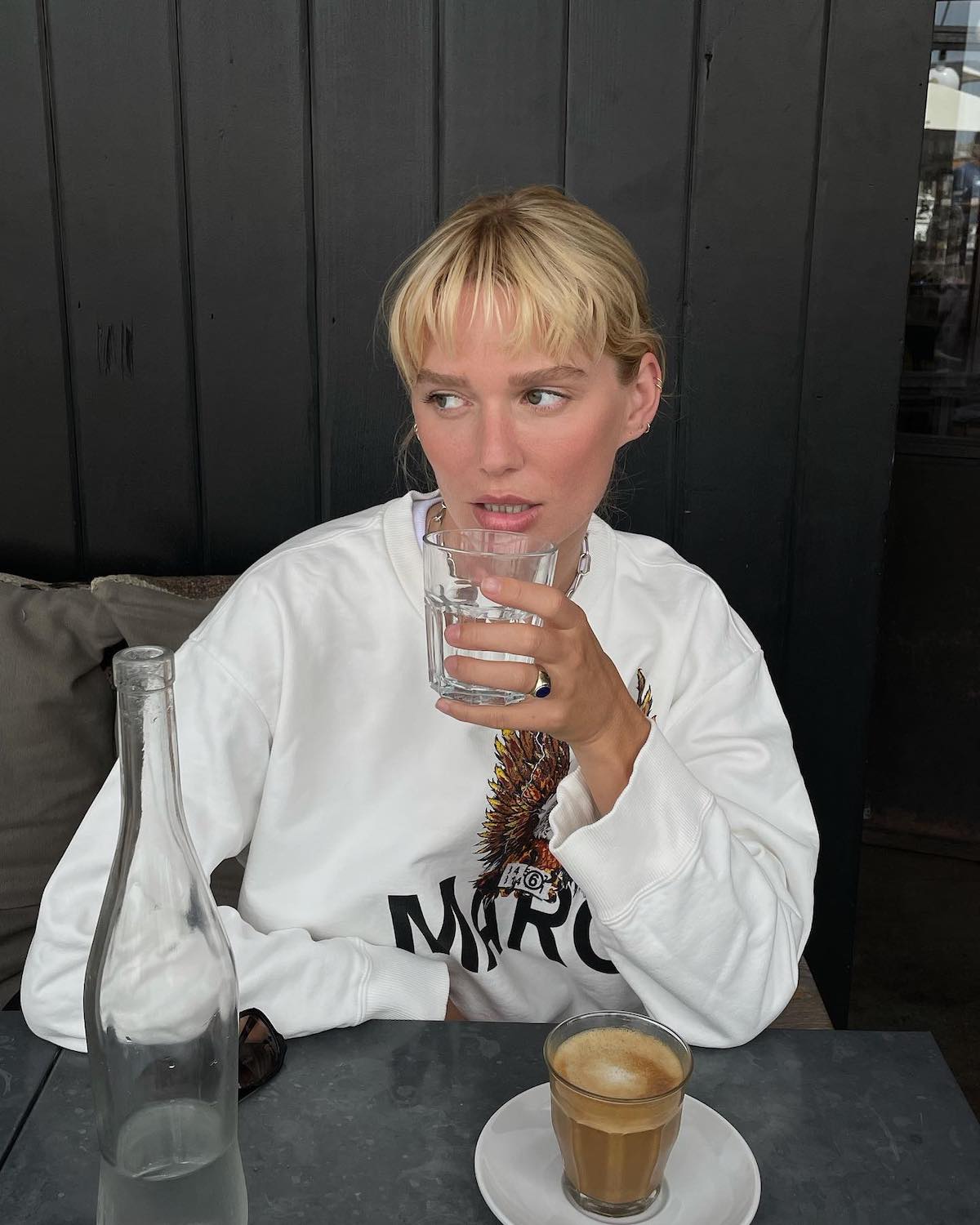
Best Skin Types for Aloe
"It is usually well-tolerated and gentle for all skin types including very sensitive skin," Murphy-Rose says. Still, she warns that "it is possible to have a true allergy to aloe. If you develop any rash or discomfort including pain, itch, or burning within a few days of using aloe, you may have an allergy to aloe and should avoid future exposures."
Camp echoes this, saying that while most skin types can use aloe, it's better to be safe than sorry and perform a patch test before using it. The only other thing to keep in mind is that "not all aloe vera products are made the same." Camp says it's important to read an aloe product's ingredient list before buying it. "Some contain many other ingredients and are not pure aloe."
Aloe Skincare Products
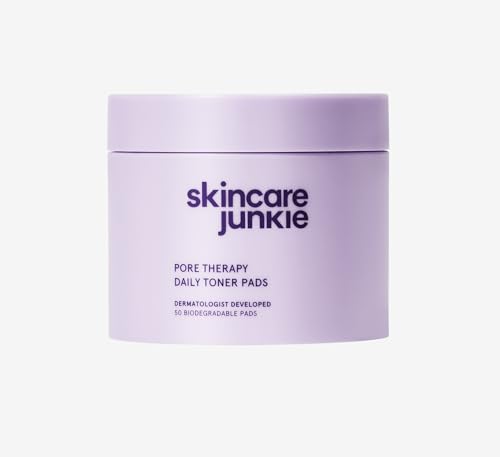
"Skincare Junkie Pore Therapy Daily Toner Pads are gently exfoliating pads formulated with skin-soothing aloe vera to calm sensitive skin," Murphy-Rose says. "They are new-generation toners that are hydrating rather than alcohol-based and drying and designed for daily use. In addition to the beta hydroxy acid (BHA) salicylic acid, these toner pads contain hyaluronic acid in seven molecular weights to attract water at multiple levels in the skin. They are fragrance-free, hypoallergenic, and biodegradable."
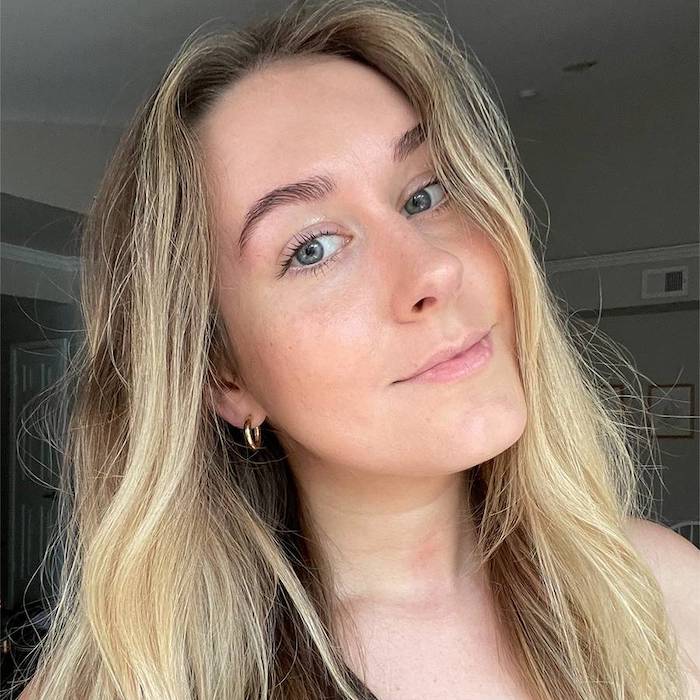
Kaitlyn McLintock is a Beauty Editor at Who What Wear. She has 10 years of experience in the editorial industry, having previously written for other industry-leading publications, like Byrdie, InStyle, The Zoe Report, Bustle, and others. She covers all things beauty and wellness-related, but she has a special passion for creating skincare content (whether that's writing about an innovative in-office treatment, researching the benefits of a certain ingredient, or testing the latest and greatest at-home skin device). Having lived in Los Angeles, California, and Austin, Texas, she has since relocated back to her home state, Michigan. When she's not writing, researching, or testing beauty products, she's working through an ever-growing book collection or swimming in the Great Lakes.
-
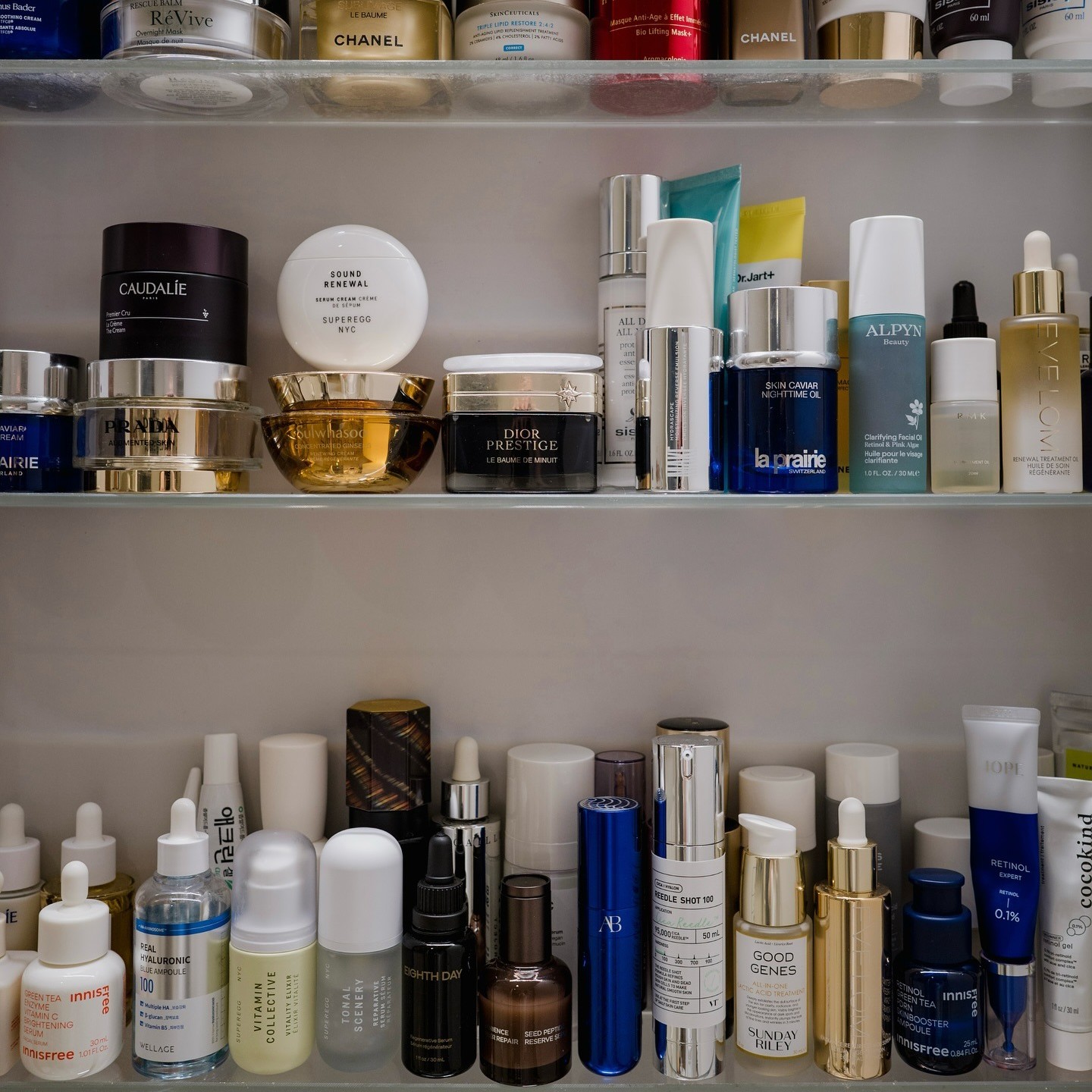 If You're Going to Buy Luxury Skincare in 2025, I'd Suggest Splurging on This, This, and This
If You're Going to Buy Luxury Skincare in 2025, I'd Suggest Splurging on This, This, and ThisThe ultimate worth-it buys.
-
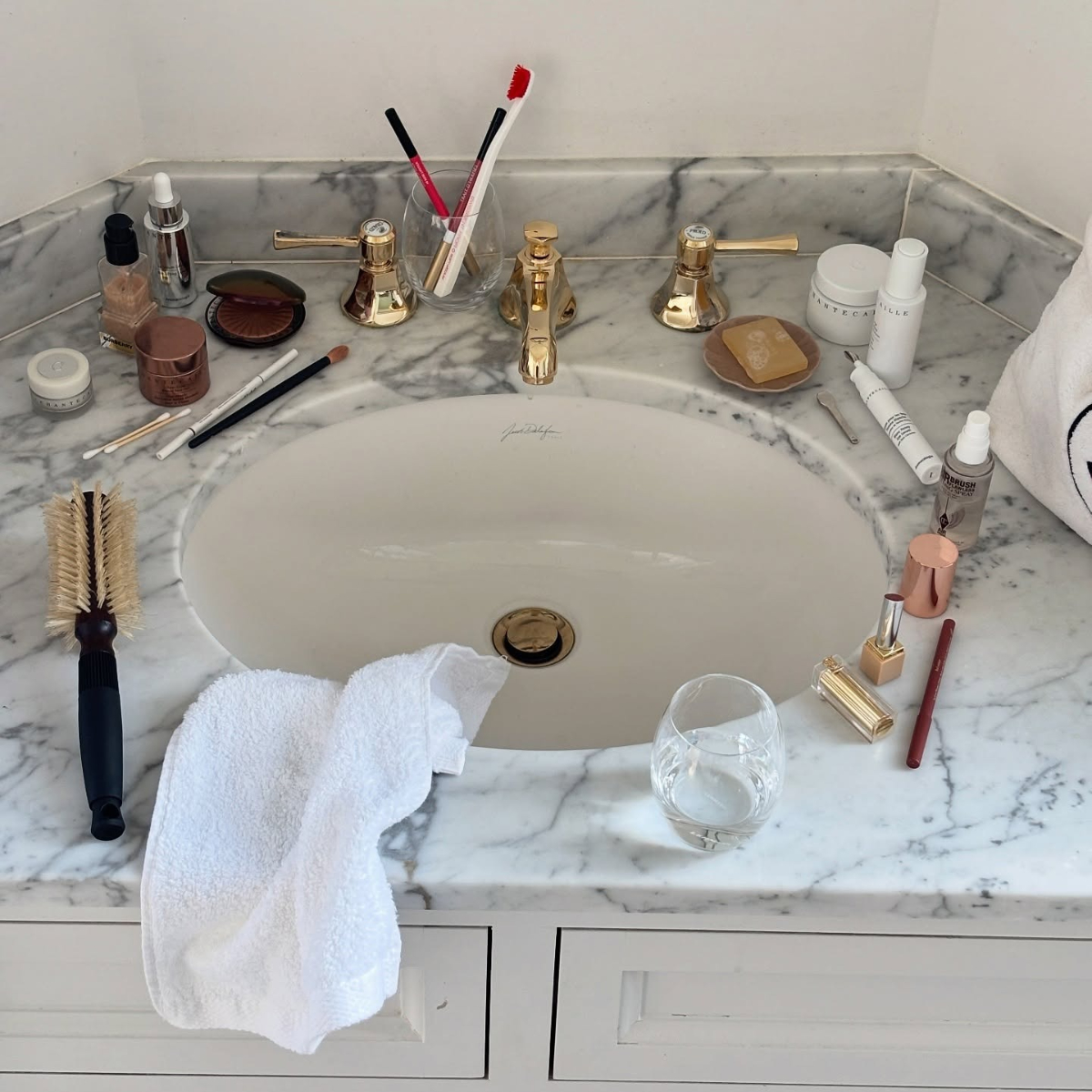 Is Bottleless Beauty About to Take Over? This Founder Thinks So
Is Bottleless Beauty About to Take Over? This Founder Thinks SoIt's bound to take off.
-
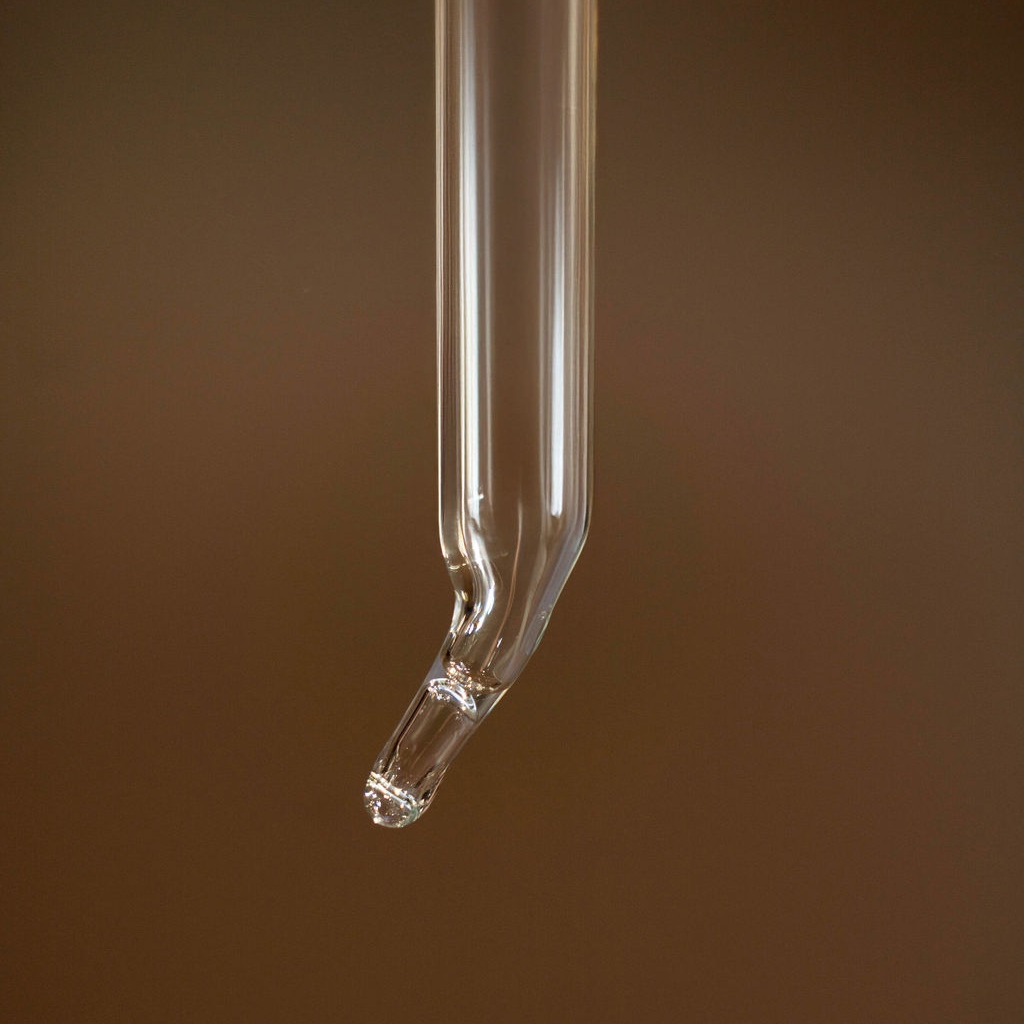 Of All the Beauty Finds I've Used This Year, Here's What I'm Stocking Up on During October Amazon Prime Day
Of All the Beauty Finds I've Used This Year, Here's What I'm Stocking Up on During October Amazon Prime DayMy product lineup has never looked better.
-
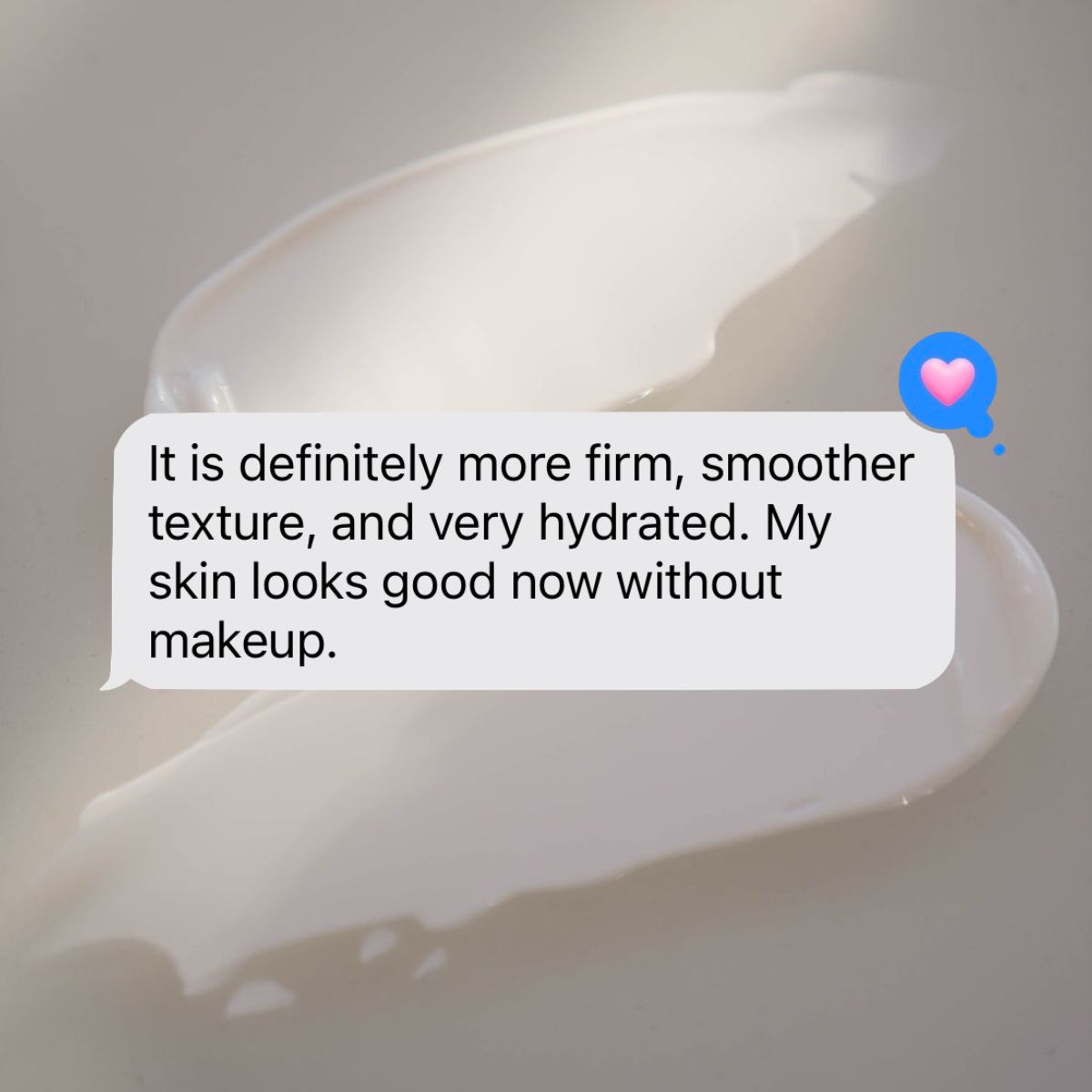 My 53-Year-Old Mom Can't Stop Texting Me About This Firming Serum: "My Skin Looks Good Without Makeup Now"
My 53-Year-Old Mom Can't Stop Texting Me About This Firming Serum: "My Skin Looks Good Without Makeup Now"Plus, how it fared on my 25-year-old complexion.
-
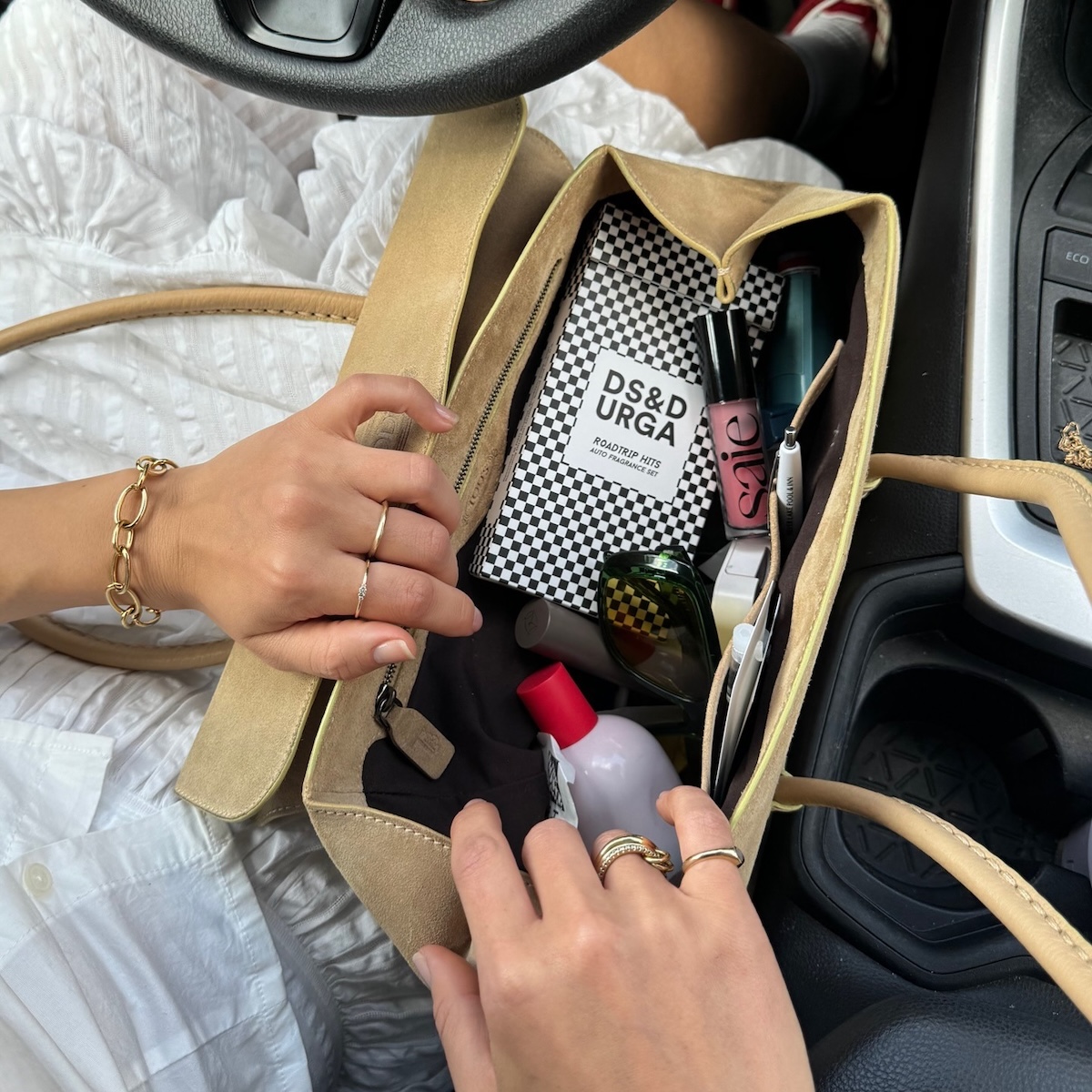 Found: The Chic Designer Hand Cream Every Fashion Person Will Keep in Their Bag This Fall
Found: The Chic Designer Hand Cream Every Fashion Person Will Keep in Their Bag This FallHand me my Prada!
-
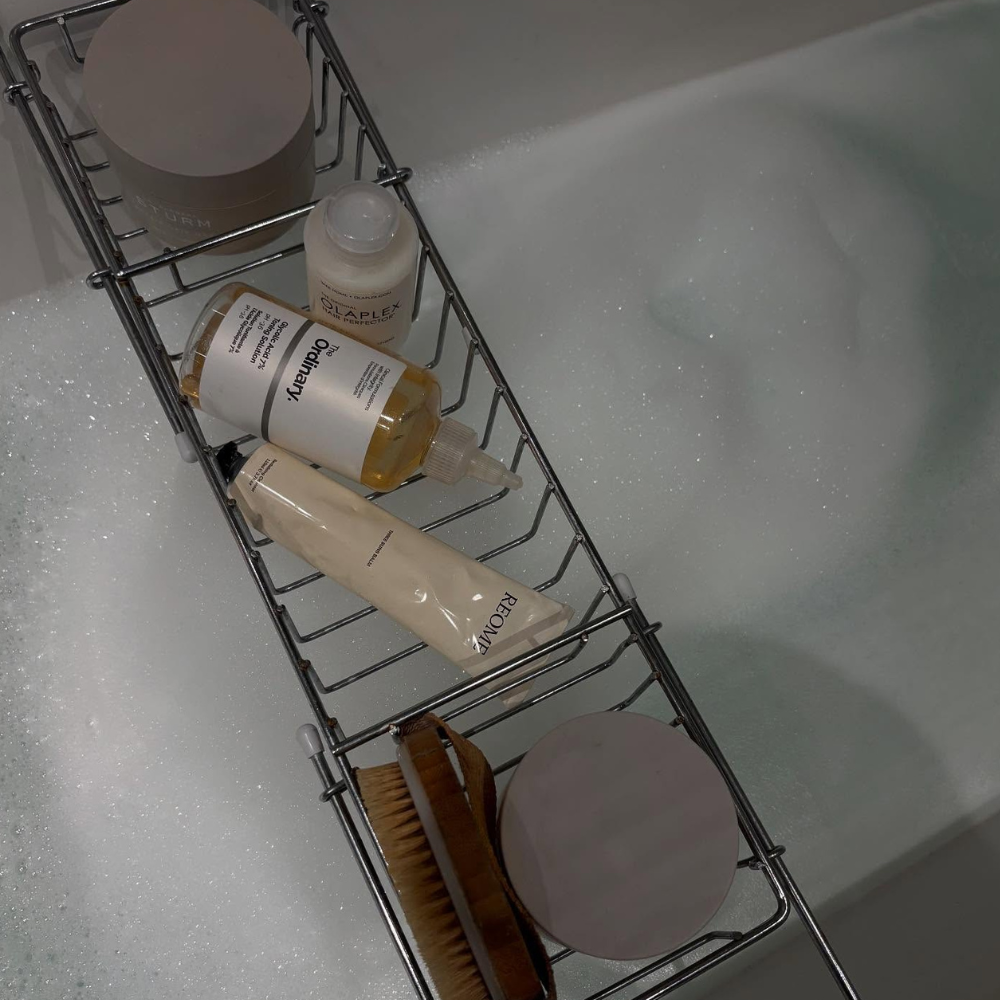 Ulta's Fall Haul Sale Is a Gold Mine for Skincare Lovers—Here's Every Product Worth Buying
Ulta's Fall Haul Sale Is a Gold Mine for Skincare Lovers—Here's Every Product Worth BuyingThese gems are selling out fast!
-
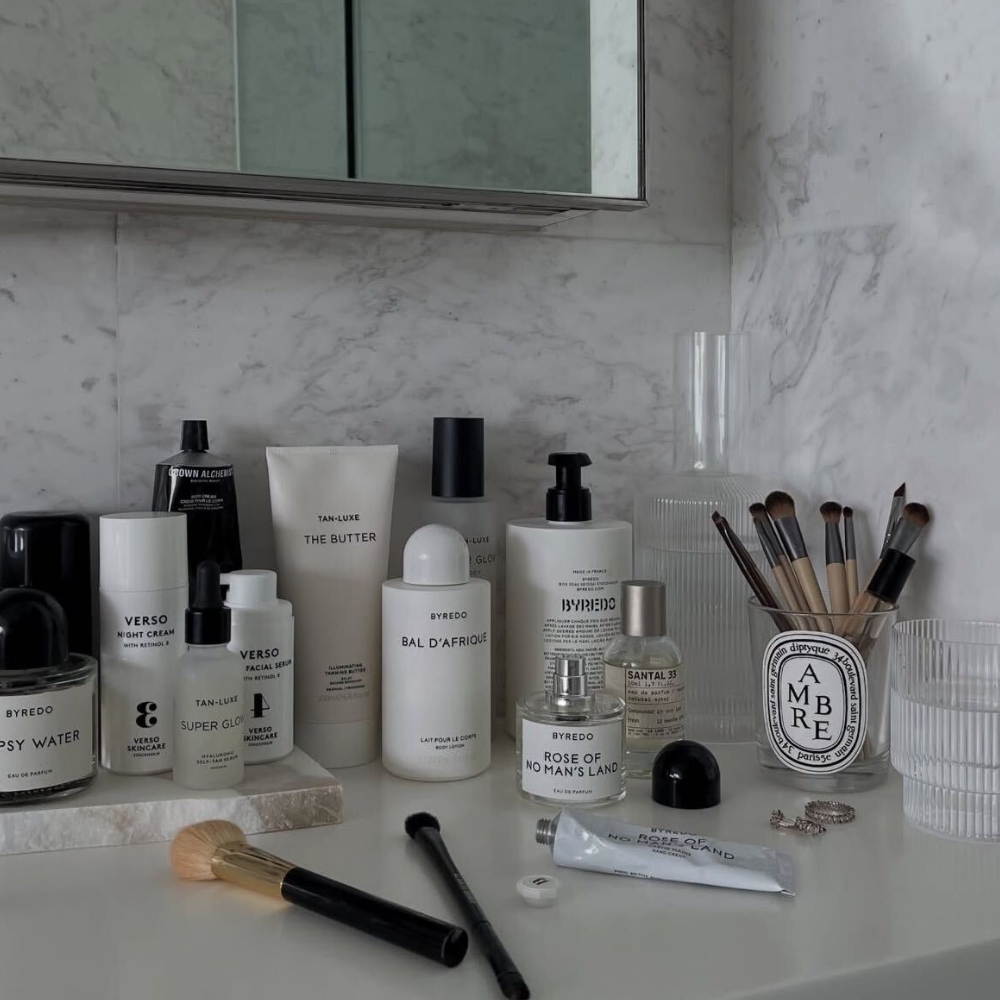 The Latest Beauty Products to Hit Sephora Are Too Splurge-Worthy to Pass Up—These Picks Are Proof
The Latest Beauty Products to Hit Sephora Are Too Splurge-Worthy to Pass Up—These Picks Are ProofYour fall essentials just arrived!
-
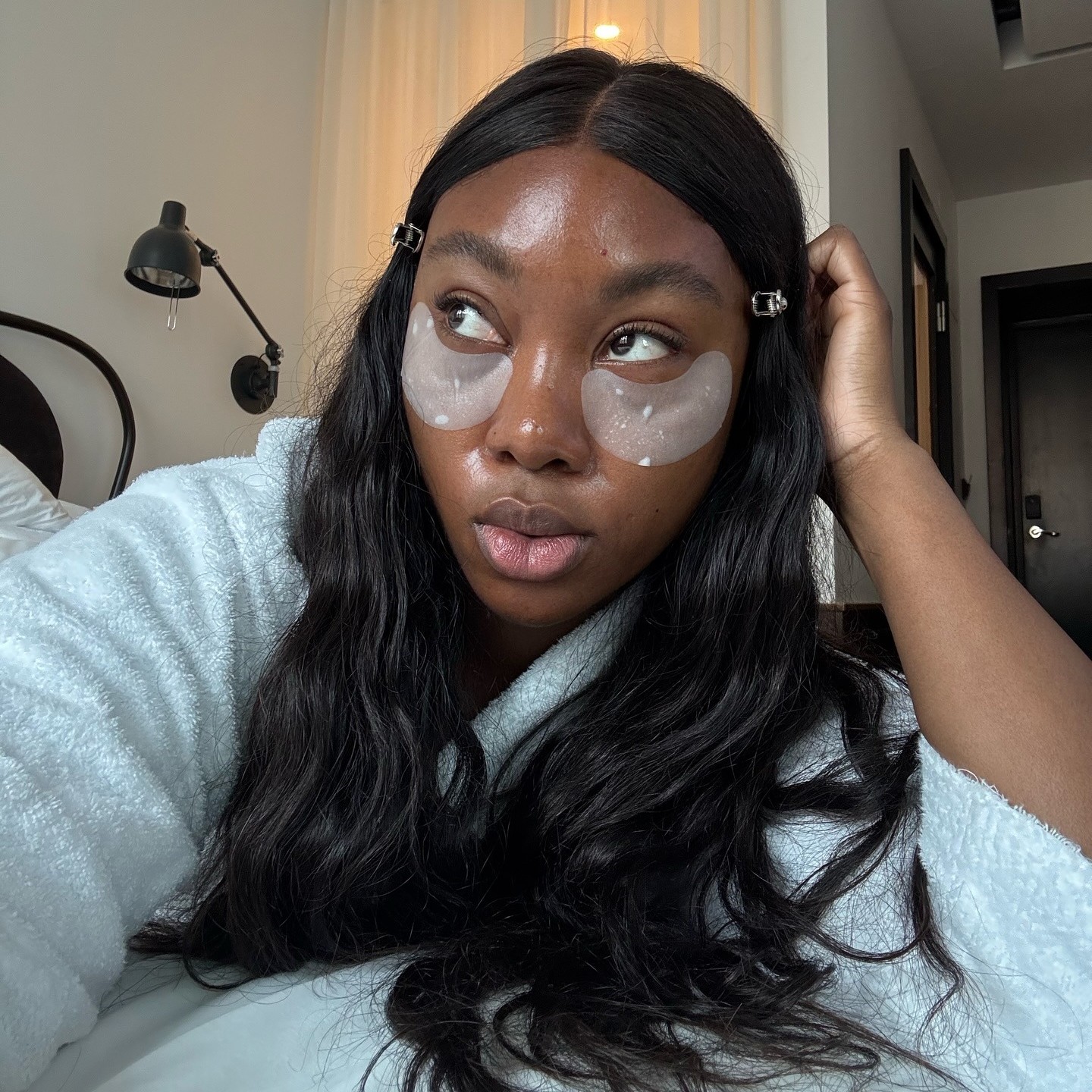 7 Ingredients That Take Years Off Your Skin and Rival Spendy Treatments, Per Derms
7 Ingredients That Take Years Off Your Skin and Rival Spendy Treatments, Per DermsMVPs for an OMG-level glow.
